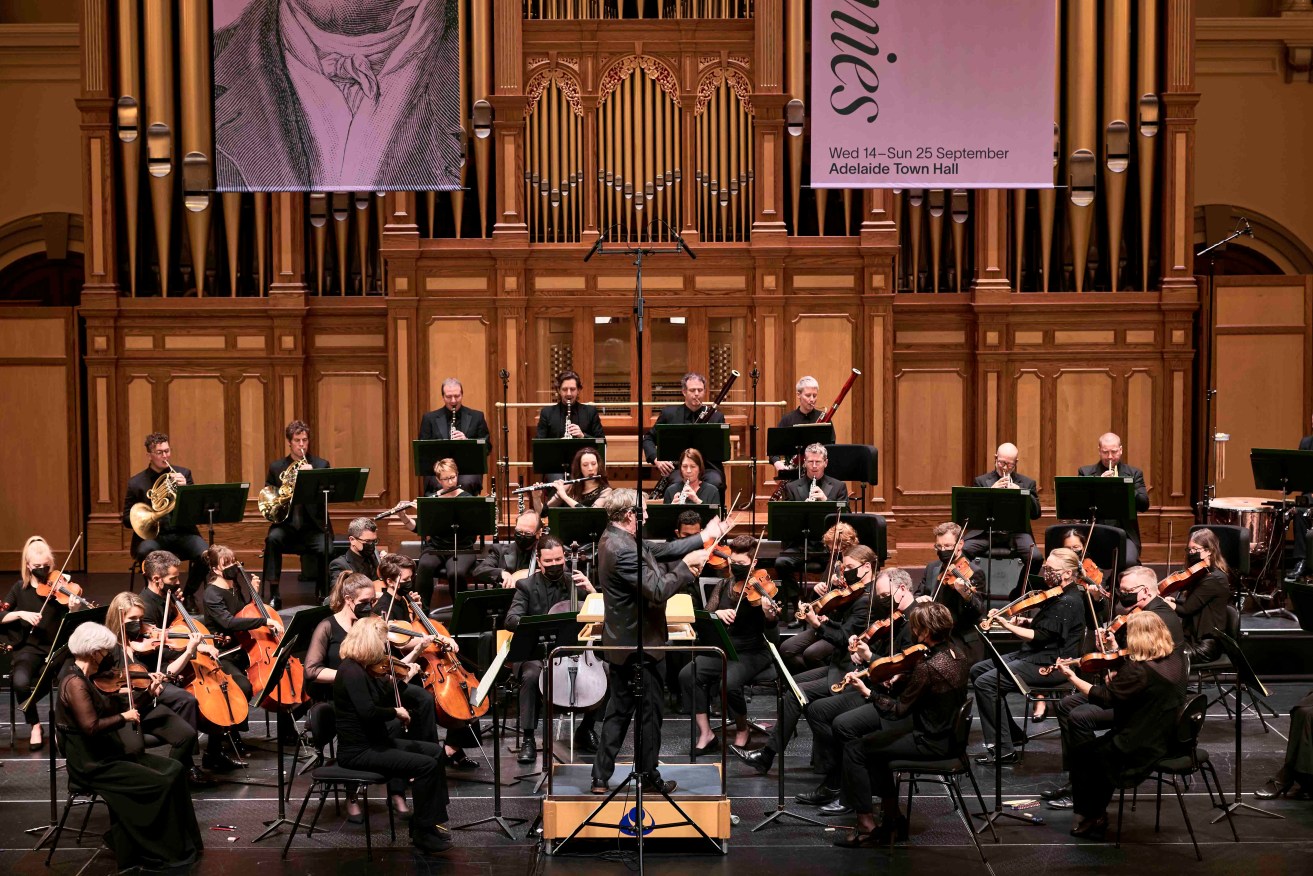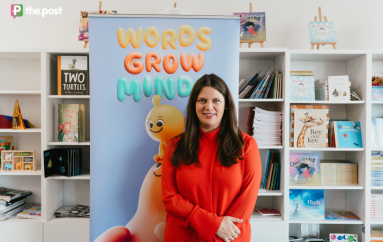Music review: ASO plays Beethoven’s symphonies 6 and 7
The third instalment in the Adelaide Symphony Orchestra’s performance of Beethoven’s complete symphonies comprises two highly contrasting but captivating works.

The ASO is nearing the end of its cycle of the complete Beethoven symphones. Supplied image
The Adelaide Symphony Orchestra’s absorbing exploration of Beethoven’s nine symphonies continued with the third concert featuring the legendary Sixth Symphony in F (Op. 68) of 1808, known as the Pastoral Symphony, and the Seventh in A (Op. 92) which was completed four years later. Compressing the performance of all Beethoven’s symphonies into four concerts over 11 days has encouraged renewed appreciation of each work and of Beethoven’s entire symphonic oeuvre.
Visiting conductor Douglas Boyd has directed the Beethoven set twice before and, in piloting the ASO through this epic journey, he has brought out the best in the orchestra. In his reviews of the first two concerts, Graham Strahle made much of Boyd’s incisive conducting and especially his emphasis on rhythm, and this emphasis was evident again.
Symphonies Six and Seven show the evolution of Beethoven’s symphonic form beyond the first five. The Fifth and Sixth are generally seen a pair as they were composed together, and interest abides in how they contrast with each other. However, in this ASO series, those two are separated and the contrast here is between the Sixth and Seventh symphonies. This new juxtaposition is revealing.
In his Sixth symphony, Beethoven departs from his symphonic trajectory both thematically and structurally — this symphony has a title, Pastoral Symphony, or Recollections of Country Life. In his dramatisation of rural life, he encourages a return to nature and affirms the sense of spirituality that the appreciation of nature can induce. The ASO’s concert booklet quotes Beethoven’s statement that the symphony is “more an expression of feeling than a tone-painting”. Musically, it is a return to the idea of beauty and a turn away from the chaotic sublime that characterised the Fifth.
The Sixth Symphony is in five movements rather than the four movements of the more conventional symphony — a story in five chapters. Beethoven also gave each movement a title: the first is Awakening of Happy Feelings on Arriving in the Country and the second is Scene by a Brook. The next three, which are played attacca, as a continuous sequence, also create vivid images: Peasants’ merrymaking, Thunderstorm, and the finale, Shepherds’ Song: Happy and Thankful Feelings After the Storm. These titles conjure scenes of daily life that can induce a powerful emotional and psychological response.
Douglas Boyd’s imperious conducting plunged us fully into Beethoven’s rural landscape, and the ASO performed superbly — the sound was warm, rich and balanced, even hypnotic. In the third movement, the pulsating dance passage positively vibrated with life and the finale was gloriously, captivatingly powerful. The orchestra’s members looked to be thoroughly enjoying themselves throughout the performance and their wholehearted energy and enthusiasm was infectious, drawing the audience completely into Beethoven’s sound world.
For some listeners, the Sixth will be indissolubly associated with the ground-breaking Disney animated film Fantasia (1940). A viewing of Fantasia at a very early age introduced this writer to Beethoven’s music (and classical music generally) and the film’s cartoon imagery and fantasy characters spontaneously come to mind when hearing it.
Much has often been made of the volatile political situation in Europe in Beethoven’s time and its impact on his music. Beethoven’s evocation of the idea of the hero in his music, especially in the Eroica symphony, is also frequently cited, and in the Seventh Symphony, there is a flavour of heroic victory, as the symphony’s completion coincided with wars of liberation from Napoleon’s domination of Europe. Beethoven was also profoundly deaf by the time the Seventh was completed, and its completion may be an expression of his personal victory over such adversity.
In the Seventh, Beethoven returns to the four-movement symphonic structure. The slow opening of the first movement is not in the home key of A but in a mix of keys, as if looking for a pathway, and it eventually finds its way and settles into a steady, cantering rhythm. The second movement, allegretto, resembles a funeral march, but with a sense of resolution rather than grief or despair. The tempo quickens in the third movement and the final movement is relentlessly energetic, optimistic and celebratory. Under Douglas Boyd, the ASO again generates immense vitality and finely controlled power, creating a sense of triumphant forward movement that propels the audience into a state of rapturous excitement.
The allegretto of the Seventh was used to dramatic effect in the closing scene of the 1974 sci-fi film Zardoz (whose post-apocalyptic scenario now seems frighteningly possible). Beethoven’s music certainly lends itself to dramatic storytelling.
Douglas Boyd and the ASO have refreshed Beethoven’s symphonies with memorable performances, and judging by the sell-out response, audiences have been delighted at the opportunity to explore Beethoven in such depth. Beethoven’s symphonies are not only essential ingredients in a healthy musical diet but also prompt us to think deeply about the nature of our own lives and our society.
The Adelaide Symphony Orchestra played Beethoven’s symphonies six and seven at the Adelaide Town Hall on Wednesday (September 21). The final concerts in the ‘cycle’ – both featuring symphonies eight and nine – will be performed at the Town Hall on Saturday (September 24) and Sunday (September 25).




